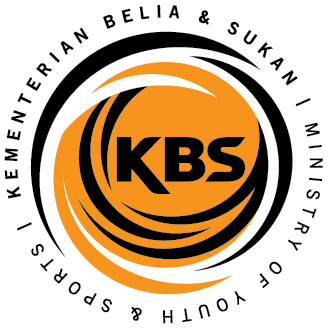There are three basic types of muscular contractions: concentric, eccentric and isometric. The first two are utilized daily by lifters seeking bigger, stronger muscles. The third type of contraction, isometric, is a muscular contraction with the muscle in a static position – no lengthening or shortening.
The biggest benefit of including isometric contractions in your training is that the amount of activation (muscle fiber recruitment) during an isometric hold is greater than both eccentric and concentric. A 2001 study by Nicholas Babault et al. found that, “The mean activation levels during maximal eccentric and maximal concentric contractions were 88.3 and 89.7%, respectively, and were significantly lower with respect to maximal isometric contractions (95.2%)”.
In this project, Maximal Isometric Strength of the Knee Extensors and Knee Flexors Equipment was developed using a strain gauge (Bongshin Loadcell Co. Ltd, Model DBBP 200, Korea) attached to a wire with a belt surrounding the ankle joint while athletes were seated on a chair to adjust the knee joint angle of 90 degree respectively, and while athletes lay prone on a mat to adjust the knee joint angle of 90 degree, respectively. After two submaximal attempts, athletes were asked to generate maximal force for 3 s, and this measurement was taken twice with a rest of 60 s between attempts for both the knee extensors and the knee flexors. Peak value was displayed on a digital indicator (Rinstrum Pty. Ltd, Model 2100EX, Australia) connected to the strain gauge, and the higher value of the two measurements was used for further analysis.
By: Mohamad Fauzi bin Ibrahim
Sports Technology, Research and Development Department






